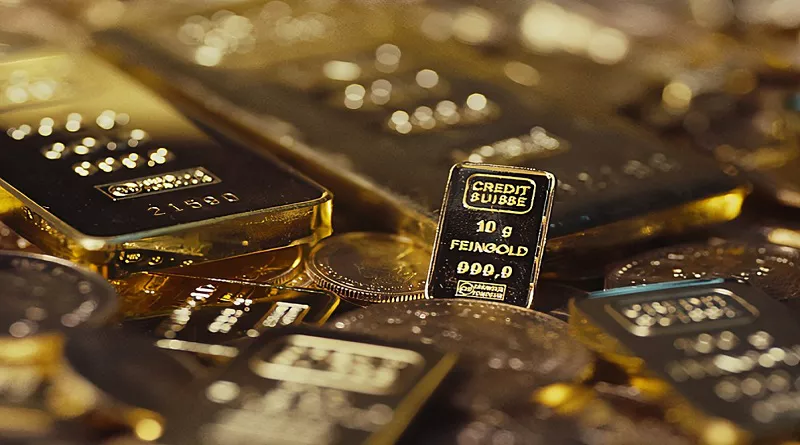Gold plating, an age-old practice that infuses an item with the luxurious allure of gold, has captivated artisans and enthusiasts for centuries. Whether it’s for jewelry, electronics, or even household fixtures, the process of applying a thin layer of gold onto various surfaces has remained a symbol of opulence and prestige. However, beyond its aesthetic appeal lies a complex interplay of factors that determine the cost of gold plating. In this comprehensive guide, we delve into the intricacies of gold plating, exploring the processes involved and the variables that influence its pricing.
Understanding Gold Plating
Gold plating involves the deposition of a thin layer of gold onto a substrate, typically through electroplating or chemical methods. While pure gold is too soft for most applications, alloys such as gold-copper or gold-nickel are commonly used to enhance durability and achieve desired color variations. The thickness of the gold layer, measured in microns, plays a crucial role in both aesthetics and longevity.
The Cost Factors
1. Gold Price Fluctuations: The foremost determinant of gold plating costs is the price of gold itself. As a precious metal subject to market dynamics, gold prices can fluctuate significantly over time. These fluctuations directly impact the cost of gold plating, with higher gold prices leading to increased expenses for both raw materials and labor.
2. Base Material: The material being plated influences the overall cost. Non-metal substrates, such as plastics or ceramics, may require additional preparation steps to ensure proper adhesion and compatibility with the gold plating process. Metals like copper or silver serve as excellent substrates but may necessitate surface treatments to mitigate oxidation or contamination.
3. Surface Area and Complexity: The size and intricacy of the item being plated directly affect the labor and material costs. Larger surface areas demand more gold and additional processing time, while intricate designs or irregular shapes may require specialized techniques for uniform plating coverage.
4. Gold Purity and Thickness: The purity of the gold alloy and the desired thickness of the plating layer contribute to the overall cost. Higher purity gold alloys command a premium price, while thicker plating layers enhance durability but require more gold material.
5. Pre-treatment and Post-treatment Processes: Preparing the substrate surface and applying protective coatings after plating are essential steps to ensure the quality and longevity of the gold-plated finish. These additional processes incur supplementary costs but are indispensable for achieving desired aesthetic and functional outcomes.
6. Labor and Expertise: Skilled labor is essential for executing the gold plating process with precision and consistency. Artisans with expertise in electroplating or chemical deposition techniques command higher wages, contributing to the overall cost of the plating service.
7. Quality Assurance and Certification: Ensuring compliance with industry standards and quality specifications may entail additional expenses for testing, certification, and quality control measures. These investments are crucial for upholding the reputation of the plating service provider and meeting customer expectations.
Calculating the Cost
To calculate the cost of gold plating, service providers typically consider the following components:
1. Material Cost: Determined by the current market price of gold and the quantity required for the plating process, including any additional alloys or chemicals used.
2. Labor Cost: Based on the complexity of the plating job, the skill level of the artisans involved, and the time required for preparation, plating, and finishing.
3. Overhead Expenses: Including facility maintenance, equipment depreciation, utilities, and administrative costs associated with operating the plating facility.
4. Profit Margin: A markup applied to cover business expenses, generate profits, and sustain future investments in technology and infrastructure.
5. Additional Charges: Such as shipping, handling, taxes, and any optional services requested by the customer, such as expedited processing or custom packaging.
Case Study: Gold Plating a Jewelry Item
Consider a scenario where a customer wishes to gold plate a sterling silver necklace pendant measuring 3 square inches. The customer opts for 24-karat gold plating with a thickness of 0.5 microns.
1. Material Cost:
- Gold Price: $60 per gram (hypothetical)
- Gold Required: Calculated based on surface area and desired thickness
- Additional Chemicals: Electroplating solutions, surface treatments, protective coatings
2. Labor Cost:
- Preparation: Cleaning, polishing, and surface activation
- Plating: Electroplating or chemical deposition process
- Finishing: Buffing, inspection, and quality assurance checks
3. Overhead Expenses:
- Facility rent, maintenance, and utilities
- Depreciation of plating equipment and machinery
- Administrative expenses, including wages for support staff
4. Profit Margin:
- Typically a percentage markup applied to cover operational costs and generate profits
5. Additional Charges:
- Shipping fees for sending and receiving the jewelry item
- Taxes and surcharges applicable to the transaction
By aggregating these costs, the service provider can generate a quotation for the gold plating service, taking into account any customization or special requests from the customer.
Conclusion
Gold plating embodies a harmonious blend of artistry, science, and economics, offering a timeless appeal that transcends generations. While the cost of gold plating may vary depending on numerous factors, from gold prices to labor expenses, its allure remains undiminished. By understanding the intricacies of the gold plating process and the variables that influence its pricing, consumers and businesses can make informed decisions when seeking to enhance their possessions with the luster of gold. Whether adorning jewelry, electronics, or decorative accents, gold plating continues to embody the essence of luxury and refinement in the modern era.

